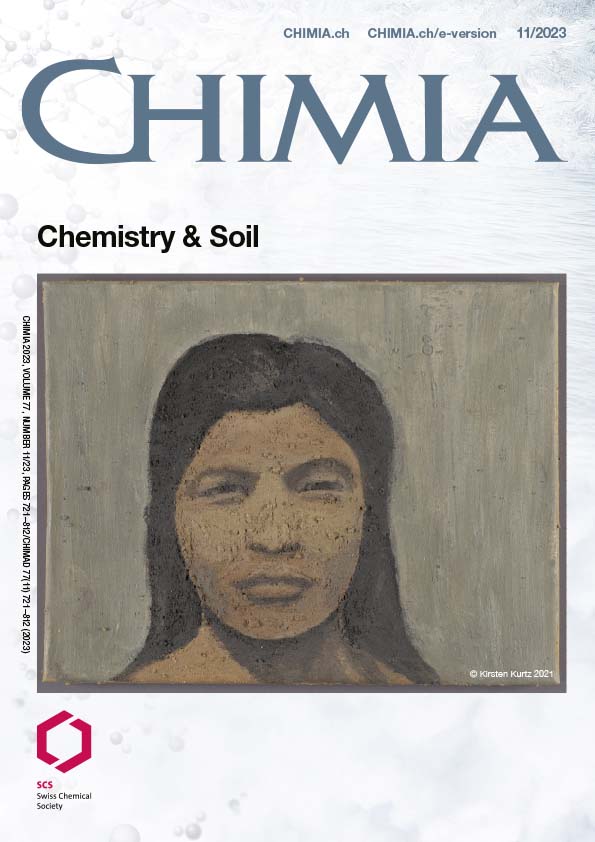Recent Progress of Remediating Heavy Metal Contaminated Soil Using Layered Double Hydroxides as Super-Stable Mineralizer
DOI:
https://doi.org/10.2533/chimia.2023.733PMID:
38047840Keywords:
Heavy metals, Large-scale preparation, LDHs, Soil remediation, Super-stable mineralizationAbstract
Heavy metal contamination in soil, which is harmful to both ecosystem and mankind, has attracted worldwide attention from the academic and industrial communities. However, the most-widely used remediation technologies such as electrochemistry, elution, and phytoremediation. suffer from either secondary pollution, long cycle time or high cost. In contrast, in situ mineralization technology shows great potential due to its universality, durability and economical efficiency. As such, the development of mineralizers with both high efficiency and low-cost is the core of in situmineralization. In 2021, the concept of ‘Super-Stable Mineralization’ was proposed for the first time by Kong et al.[1] The layered double hydroxides (denoted as LDHs), with the unique host–guest intercalated structure and multiple interactions between the host laminate and the guest anions, are considered as an ideal class of materials for super-stable mineralization. In this review, we systematically summarize the application of LDHs in the treatment of heavy metal contaminated soil from the view of: 1) the structure–activity relationship of LDHs in in situ mineralization, 2) the advantages of LDHs in mineralizing heavy metals, 3) the scale-up preparation of LDHs-based mineralizers and 4) the practical application of LDHs in treating contaminated soil. At last, we highlight the challenges and opportunities for the rational design of LDH-based mineralizer in the future.
Funding data
-
National Outstanding Youth Science Fund Project of National Natural Science Foundation of China
Grant numbers 22178019;22208013;22288102
-
Fundamental Research Funds for the Central Universities
Grant numbers XK1802-6;XK1803-05;XK1902
Grant numbers 22178019;22208013;22288102
Grant numbers XK1802-6;XK1803-05;XK1902
Downloads
Published
How to Cite
Issue
Section
License
Copyright (c) 2023 Tong Lin, Haoran Wang, Tianyang Shen, Zhuoqun Deng, Ruifa Chai, Xinyuan Sun, Dongyuan Cui, Sai An, Wei Chen, Yu-Fei Song

This work is licensed under a Creative Commons Attribution 4.0 International License.







